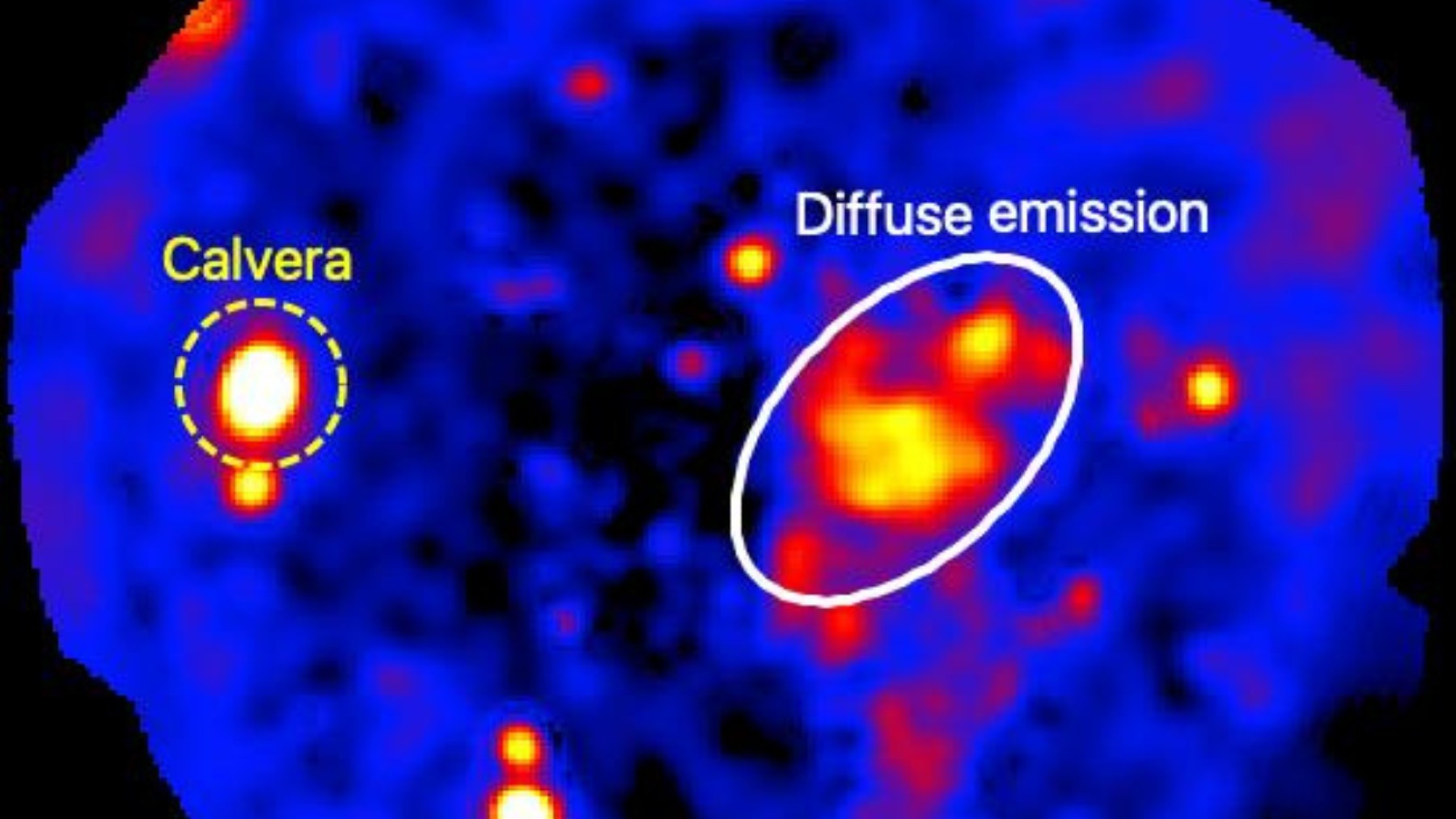Space is one of the most fascinating masterpieces of our universe. You would notice this especially if you look up at the sky at night. It is quiet, vast, and frozen with absolute wonders. On this canvas called space, stars, planets, and galaxies sometimes exchange light and radio signals. Recently, astronomers have observed an event like this from a dead star, and this article covers the details.
Scientists discover a whisper that breaks the quiet of space
For thousands of years, astronomy has been used to observe and explain the wonders of space. They have explained how we evolved as a planet millions of years ago, our rotation around the sun, and our place within the galaxy in the universe.
In addition to this, scientists have leveraged astronomy and tools like telescopes to uncover events that our ordinary eyes cannot comprehend. These include events such as the birth of a new star, black holes, eclipses, occultations, and the eventual death of a star.
Earlier this year, a team of scientists obtained a sequence of repetitive radio signals from a source believed to be from a dead star thousands of light-years away. This signal comes as a clockwork whisper every 14 minutes. This discovery was made by astronomers at ASTRON, the Netherlands Institute for Radio Astronomy.
Uncovering the mystery behind the 14-minute whisper
Astronomers used the LOFAR (Low Frequency Array) radio telescope to observe this phenomenon, and they picked up the source of this signal. This source was officially named ILT J163430+445010 and has been classified under long-period transients celestial bodies. These are celestials that emit radio pulses much slower than pulsars.
Generally, pulses emit radio waves that either have circular polarization or linear vibrational polarization. According to Sanne Bloot, a scientist on this research, the J163430+445010 can switch polarization from circular to linear. Hardly any LPTs or objects have been able to have this characteristic physics, like this strange signal from the Pacific bottom.
In order to identify the source of this signal, the researchers combined various telescopes, including the Green Bank Telescope, the Very Large Array (VLA), the Canadian Hydrogen Intensity Mapping Experiment (CHIME), and a NASA space observatory. They discovered it to be a white dwarf.
A brief understanding of what a White Dwarf is
If this is your first time hearing the word White Dwarf, visualize it like our Sun. It is a dense, Earth-sized volume that is left behind when a star dies. This massive volume is usually hot when it originally forms. The temperature from its surface can be as high as 15,000 to 33,000 degrees Celsius. But it gradually cools off as it radiates energy.
What scientists believe happened to the dead star
When scientists analyzed this dead star, they discovered that this repetitive pulse came in pairs. This indicated to astronomers that this dead star not only spun in space alone, but had a companion, possibly another dead star. Further research found this companion to be a brown star, which triggers the radio emission we observe.
What scientists discovered was remarkable about this pulse: they appeared in a choreographed pattern. Then, using the LOFAR, they discover that this dead star might not actually be dead. When a star refuses to die, it emits radio waves, which are remnants of its former life. And sometimes, like in the case of the dead star remain prevalent, spinning through space.
Since this discovery was observed thousands of light-years away, it is impossible to tell if this dead star is the last evolutionary phase of the white dwarf or if it is still evolving. But one thing is sure: this discovery serves as an eye-opener into the story of an unfinished death within our universe, like this mystery found beneath the Atlantic.

